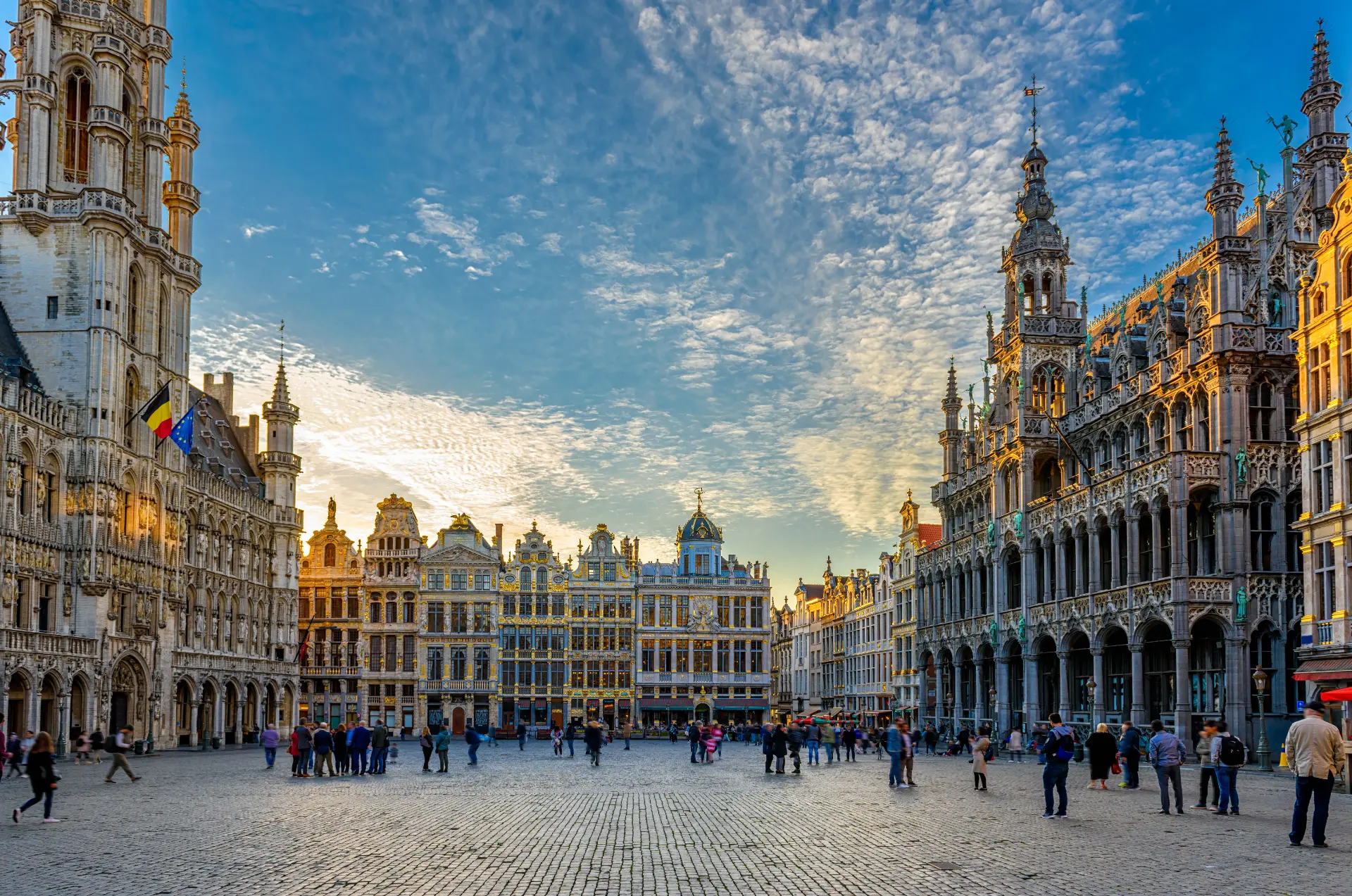Table of contents
- A consultation open to citizens and businesses
- The AI Act and its new responsibilities
- Article 50 at the heart of the debate
- A code of conduct to make the rules work
- The next steps and the challenges ahead
A consultation open to citizens and businesses
From September 4 to October 2, 2025, the European Commission has launched a public consultation on one of the most sensitive and decisive issues of our time: the transparency of artificial intelligence systems.
This is a crucial step that calls on developers, companies, academics, authorities, and citizens to share their views and contribute to the creation of a common regulatory framework.
At stake is nothing less than public trust in the digital environment, an area in which Europe aims to establish itself as a global reference point. The initiative stems from the awareness that artificial intelligence, if not governed with clear and shared principles, risks becoming fertile ground for abuse, manipulation, and disinformation.
The AI Act and its new responsibilities
The regulatory framework behind this initiative is the AI Act, which came into force on August 1, 2024, and introduced the first unified legal system for the development and use of AI in the European Union.
This law is a cornerstone of the EU’s digital strategy, as it enshrines the principle of responsible and transparent use of technology. One of its most significant aspects is the obligation, starting from August 2, 2026, to clearly inform citizens when they are interacting with automated systems or when they are exposed to sensitive technologies such as emotion recognition or biometric categorization.
Equally important is the requirement to label artificial content, including deepfakes, in a way that leaves no room for ambiguity, thus ensuring that users are not misled and that the digital ecosystem remains reliable.
Article 50 at the heart of the debate
The European debate revolves primarily around Article 50 of the AI Act, which lays down the rules on transparency.
This article is at the core of the consultation, as it will determine the methods by which users are informed and protected. It requires providers of interactive systems to make it clear that users are not speaking with a human being, to ensure that content generated or manipulated by AI is machine-readable, and to inform individuals whenever biometric technologies are being applied.
It also stipulates that content intended for public information must indicate its artificial origin, except in the case of artistic or journalistic uses.
These measures are designed to strike a delicate balance between innovation and fundamental rights, preventing technology from being used as a tool of deception.
A code of conduct to make the rules work
In parallel with the consultation, the European Commission has invited stakeholders to participate in shaping a code of conduct that will act as a practical guide.
This code is meant not only to clarify how the rules should be applied in everyday contexts, but also to identify best practices for labelling AI-generated content and to propose technical solutions capable of effectively detecting synthetic material.
In this way, the European approach seeks to build cooperation between institutions and market players, ensuring that regulation does not remain a bureaucratic burden but instead becomes a shared and actionable framework for all.
The next steps and the challenges ahead
At the end of the consultation, the AI Office will publish a summary of the contributions, which will feed into the official guidelines and the European code of conduct. This will be the decisive step in providing member states and businesses with a clear and operational tool capable of both supporting innovation and protecting citizens’ fundamental rights.
The real challenge is to ensure that technology does not outpace trust, because without transparency and accountability, artificial intelligence could become a source of social instability. On the contrary, if governed with balance and foresight, it can be one of the main drivers of inclusive and secure digital growth in Europe.
